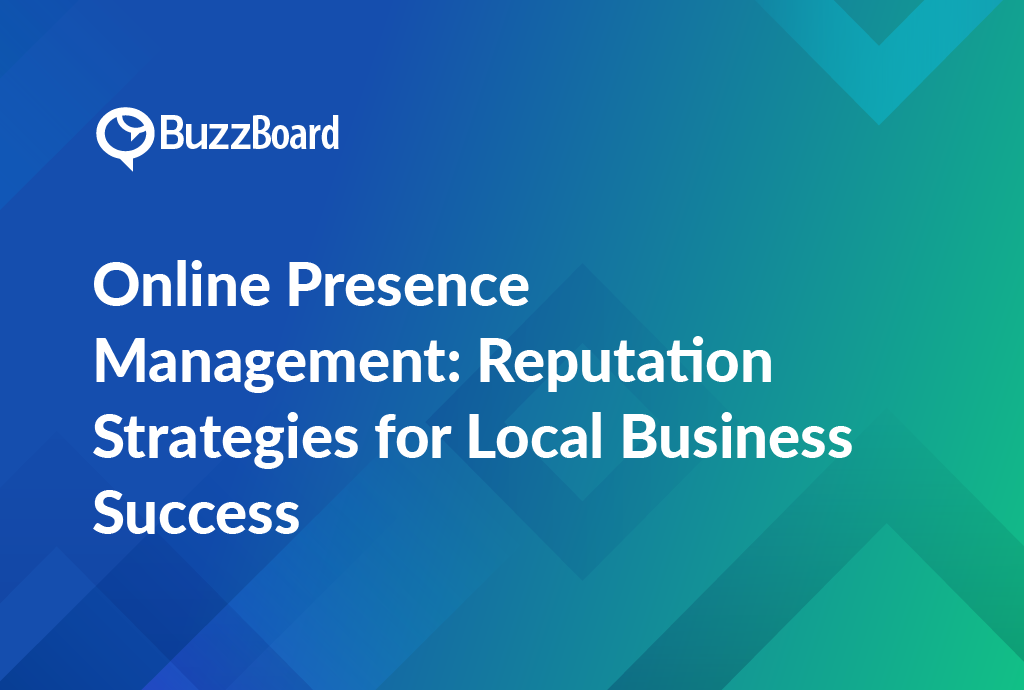Introduction
Crafting engaging social media content for small businesses hinges on understanding your client’s target audience and tailoring content accordingly. Use social media insights and target audience insights to create engaging content that resonates. Plan social media posts with a content calendar, leveraging visuals, videos, and interactive elements. Foster user engagement through relatable, valuable content, tracking performance and adjusting strategy for optimized reach and conversions. This multi-faceted approach empowers small businesses to thrive in the dynamic digital landscape.
Identifying the Target Audience and Tailoring Content Accordingly
Identifying your target audience is a critical step in establishing an effective digital marketing strategy designed for small businesses. Ascertaining who you’re attempting to reach allows you to generate engaging content that resonates with them, thus increasing the potential for them to act on your marketing message.
For digital marketing agencies that cater to small and local businesses, it’s crucial to accurately identify your customer base and ensure that the content you produce meets their interests. One method to accomplish this is through the use of online channels such as social media.
Social media platforms offer insights about your audience’s demographics, hobbies, and online behaviors, enabling you to produce engaging content targeted and relevant to small businesses. Remember that creating content for everyone means it resonates with no one. A personalized approach makes your audience feel recognized and valued, leading to higher conversions.
The incorporation of LSI keywords—words and phrases semantically related to your topic, such as ‘creating content,’ ‘engaging small business,’ and ‘social media’— can enhance your SEO. This technique is an integral part of content strategy, improving the visibility of your material in search engine results.
This strategy aligns with Google’s goal to provide relevant, high-quality information to its users. By utilizing LSI keywords, you can assist Google in better understanding your content, thus boosting your chances of an improved ranking.
So, investing your time in understanding your audience deeply, tailoring your content appropriately, and leveraging social media and LSI keywords can lead to better visibility, increased engagement and higher conversion.
Developing a Content Calendar for Consistent Posting
In the digital marketing realm, consistent, engaging content is vital for small businesses to maintain an online presence and cultivate a dedicated consumer base. A content calendar serves as a useful tool in managing these tasks.
A content calendar is an indispensable part of an effective social media strategy for small enterprises. It allows you to plan and schedule posts ahead of time, ensuring the frequency and punctuality of content. Such careful planning may lead to maximum audience engagement.
Strategically creating content can aid your business in aligning the content with appropriate social media platforms effectively. Various platforms necessitate different content types and posting frequencies. For instance, Twitter demands multiple tweets per day while LinkedIn and Instagram might be more effective with a single daily post.
Moreover, having a content calendar allows for ample time to craft high-quality and engaging content rather than frantically generating last-minute posts. By planning in advance, you ensure a balanced mixture of informational posts, promotional activities, and user-generated content.
Lastly, while strategizing for small businesses, consistency is crucial in keeping audiences engaged and prompting them to return. Harness the power of a content calendar to maximize these benefits, thus elevating your small business’s social media presence to unimaginable heights.
Incorporating Visuals, Videos, and Interactive Elements
In the dynamic landscape of digital marketing, crafting effective content for small businesses entails more than just well-written text. A strategic blend of visuals, videos and interactive elements can dramatically amplify the impact of your content and foster meaningful audience interaction.
The human brain processes visual information 60,000 times quicker than text. This transformation in content creation can be a game-changer. Utilizing a mix of high-quality photographs, infographics, and animations can instantly capture your target audience’s attention and convey your business message more effectively.
Videos can communicate complex information in an easily digestible format. HubSpot reveals that 54% of consumers are eager to view more video content from their preferred brands. Video content must do more than just capture; it should be a storytelling tool that highlights your product or service and nurtures your audience relationship.
Interactive features like quizzes, surveys, and polls entertain while simultaneously engaging users. This can lead to higher engagement rates. Such features can stimulate a two-way conversation, fostering deeper interaction between your small business and potential customers.
Social media networks are ideal platforms for sharing engaging content, reaching audiences genuinely interested in your product or service. These platforms also offer several opportunities to interact with your audience in real-time, fostering a deeper, more personal connection.
For digital marketers intent on creating engaging content for small businesses, seamlessly merging visuals, videos, and interactive elements can generate an immersive experience. This will lead to higher customer retention rates and stronger brand loyalty.
Remember to properly credit your sources and comply with copyright laws when using visual and video materials.
Engaging customers online is a priority for many small businesses. With numerous social media platforms available, abundant opportunities exist for businesses to interact with customers. However, effectively leveraging these platforms requires strategically creating content that encourages user engagement and sharing.
The strength of a small business lies in its ability to connect personally with its audience. Personalized, engaging content can help foster this connection, building a robust social media presence that drives customer engagement and organic reach. But how can one ensure that their content will captivate users and entice sharing?
First, understand that content creation involves more than just generating words. It means creating stories that resonate with your target market, sparking their interest, and stirring an emotional response that encourages them to share the content with their network.
By doing so, your brand engages with its existing audience and reaches a broader network of potential customers. Furthermore, this type of organic reach can significantly boost your brand’s credibility, as people trust recommendations from friends and family over traditional advertising.
Three key principles guide engaging content creation; relevance, relatability, and value. Your content must cater to your audience’s needs and interests, weave a personal narrative they can connect with, and provide value, either informational or emotional.
Creating engaging content for your small business’s social media platforms is no speedy task. It demands consistent effort, testing, and adjustment based on feedback and analytics. Nevertheless, when successfully implemented, the results can immensely bolster your business’s growth and success.
Begin creating interactive, shareable content and harness the power of social media for your small business today.
Measuring Content Performance and Adjusting Strategy
As a sales professional at digital marketing agencies, we understand the critical importance of crafting compelling content for our small business clients. Social media serves as a crucial outlet, necessitating an ongoing analysis of the efficacy of our strategies and constant refinement of our approach to resonate with audiences.
Start by assessing if the content you create aligns with the specifics of the small business you represent. Tailoring original content to match a business’s unique qualities is key, as one-size-fits-all strategies rarely foster meaningful customer interactions.
Post-creation, it’s imperative to assess the content’s performance and adjust the strategy accordingly, if needed. Key parameters such as social media metrics, user engagement, market reach, and customer responses can aid this evaluation.
Use analytics tools diligently to measure content performance. Whether it’s Google Analytics, SEMRush, or your agency’s preferred tool, it’s essential to monitor user engagement, website visits, time spent on sites, click-through rates (CTR), and bounce rates for a comprehensive view of the content’s effectiveness.
While evaluating the results, look out for emerging trends since they can significantly indicate where the strategy could be optimized. Always keep front-of-mind: delivering attractive content that engages your small business clients via social media is the end game.
Finally, fine-tune your strategy based on the data collected. If certain aspects are successful, boost them. If others aren’t as effective, adjust and reevaluate. This cycle of creation, evaluation, and adjustment is pivotal for any successful content strategy.







